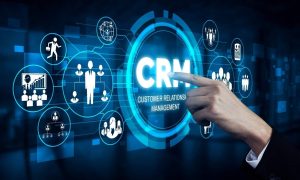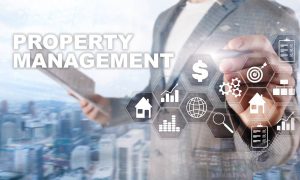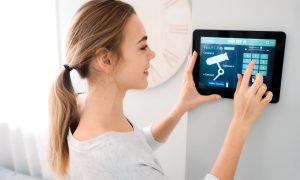The property management landscape has undergone massive shifts since 2015. Gone are the days of paper leases stuffed in filing cabinets and Sunday newspaper listings. Most renters now expect digital solutions for everything. They want maintenance requests fixed through apps. They expect instant responses to their questions. But many property companies struggle to keep up. They patch together various tools without a coherent strategy. The results? Frustrated tenants, overworked staff, and unhappy property owners. Let’s explore how RPA uses innovation in property management.
The Role of Technology in Property Management
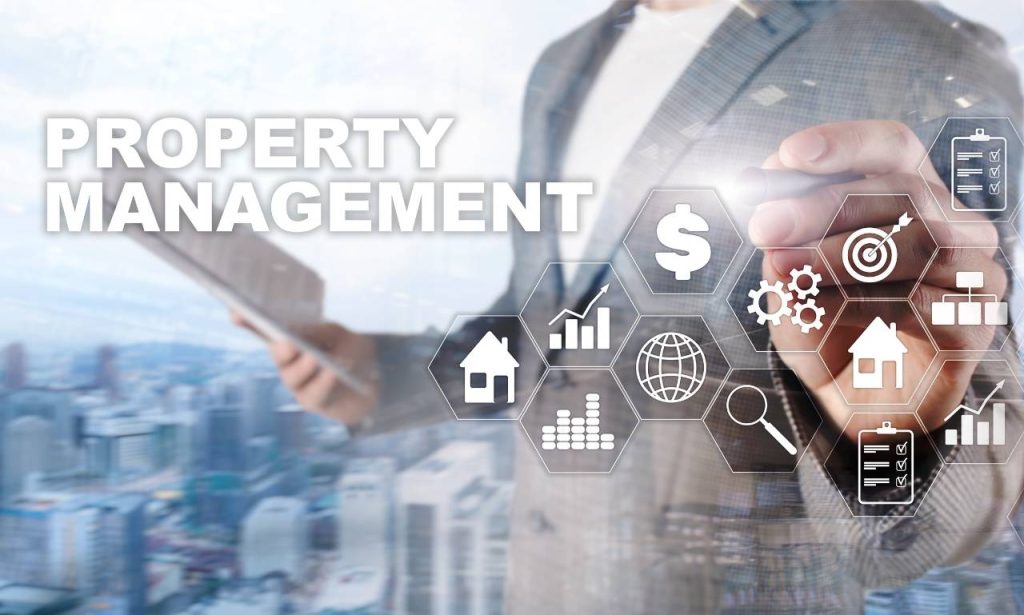
The clipboard and pen once symbolized property management. Managers would walk properties with maintenance checklists. They’d collect rent checks door-to-door on the first of each month. Lease applications required in-person meetings and stacks of paperwork.
Those days seem ancient now. Today’s property managers handle most tasks remotely. They process applications in hours instead of days, collect rent automatically through online portals, and coordinate maintenance through specialized apps.
My colleague Sarah switched her 60-unit building to digital management last year. “I got my weekends back,” she told me. Her tenants enjoy the change too. Most pay rent early now because it’s simple.
RPA spotted this trend early. They hired tech experts from outside the industry back in 2018. This fresh perspective helped them skip over outdated solutions. Instead, they built systems specifically for today’s renters and owners.
Technological Trends Shaping the Property Management Industry
Smart Access Solutions
Remember fumbling with keys in the dark? Or rushing across town because a tenant locked themselves out? Intelligent access eliminates these headaches. Digital locks allow property managers to handle access remotely.
RPA will have implemented smart locks across 80% of its properties by 2022. “We cut emergency callouts by 70%,” explains Tom Chen, the company’s operations director. Maintenance workers receive single-use codes for their visits, which create detailed logs of who entered which unit and when.
The leasing process changed dramatically too. Picture this: A renter spots a unit online at midnight. They schedule a viewing through an automated system. The following day, they receive a temporary access code by text. They tour the property on their lunch break without meeting anyone.
This exact scenario happens daily with RPA properties. After implementing self-guided tours, their conversion rates from tour to lease jumped 42%. “People appreciate seeing apartments on their schedule,” says Chen. Their system also screens visitors by requiring ID verification before granting access codes.
Property Management Software
The right software forms the backbone of modern property management. Early programs simply tracked rent payments and expenses. Today’s platforms handle everything from lease applications to maintenance scheduling.
RPA uses a customized system built on top of commercial software. They spent six months tailoring it to their exact needs. The investment paid off through massive efficiency gains. Their property managers now handle 40% more units than the industry average.
“Our software flags patterns humans might miss,” explains Lisa Wong, RPA’s tech lead. Their system notices when utility bills spike unexpectedly. It prompts maintenance checks when a unit shows signs of water usage while vacant. It even predicts which appliances might fail based on age and repair history.
The tenant experience improved dramatically too. Renters access everything through a simple phone app. They can pay rent, request repairs, extend leases, or ask questions anytime. Most requests receive responses within hours, not days.
Maintenance Systems
Nothing frustrates tenants more than maintenance problems. Fixing issues quickly dramatically increases tenant satisfaction, so RPA completely rebuilt its maintenance approach around this fact.
Their system works like this: A tenant reports a leaky faucet through the app. They snap a photo and select the issue type. The system automatically assigns the job based on worker skills and location. The tenant immediately sees an estimated repair time.
“We fixed the biggest tenant complaint—not knowing when someone would show up,” says James Turner, maintenance coordinator. Their technicians receive detailed information before arriving, which means they bring the right tools and parts on the first visit. RPA’s first-visit completion rate hit 87% last quarter, well above the industry average of 65%.
But the real game-changer comes from preventive maintenance. RPA’s system tracks every appliance and system in each unit. It schedules routine maintenance based on manufacturer recommendations. This approach cut emergency repairs by 58% across their properties. Owners save thousands in repair costs and avoid middle-of-the-night emergencies.
Smart Home Technology
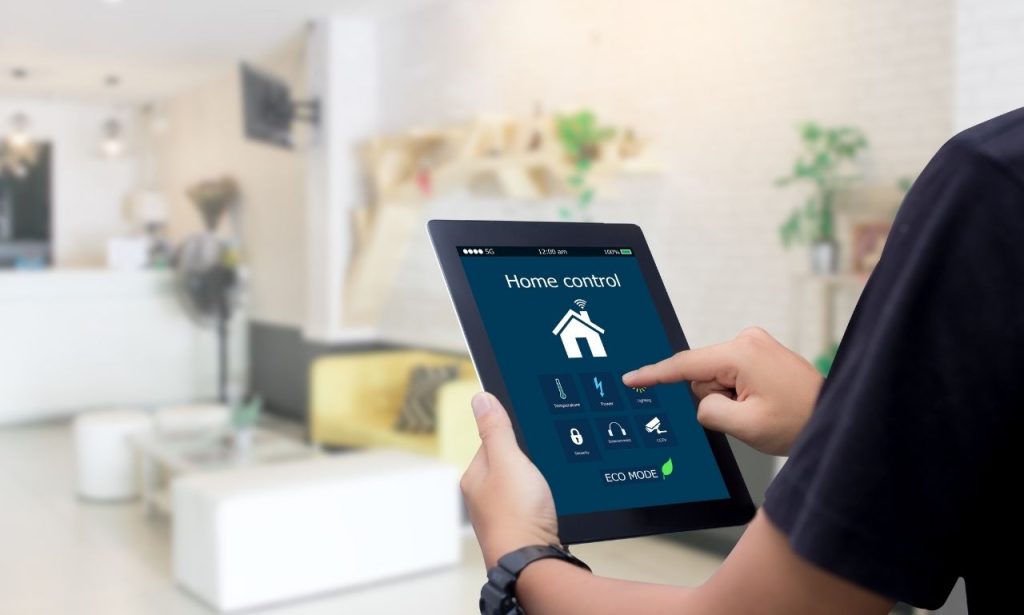
Smart devices changed how we interact with our homes. Programmable thermostats, connected lighting, and video doorbells became mainstream. The rental market initially lagged behind this trend. RPA pushed to close this gap.
“We started small with smart thermostats in 2019,” recalls Wong. “The energy savings alone justified the expense.” Their initial test showed average savings of $38 per unit monthly during winter months. Property owners recovered the installation costs within one year.
They expanded from there. Today, most RPA properties feature smart thermostats, keyless entry, and water leak sensors. Higher-end units include voice-controlled lighting and advanced security features. These upgrades let them charge rents 8-15% above similar non-smart units in the same neighborhoods.
The tenant appeal proves significant. “My previous apartment felt stuck in 2010,” shared Michael, a current RPA tenant. “Now I control everything from my phone. I’ll never go back to a regular apartment.” This sentiment appears in their tenant surveys repeatedly.
RPA’s Integration of Advanced Tools and Platforms
Many property managers cobble together different technology pieces. The organization operates with separate systems for rent collection and maintenance operations. This situation leads to isolated data systems that dissatisfy all parties involved. RPA took a different path.
The system they built enables all system components to communicate with one another. RPA’s maintenance platform automatically sends data to its accounting software, and its smart home devices transmit information to its property management dashboard. The combined system delivers a unified experience to both staff members and tenants.
Wong says that making all components function as one system presented their most significant obstacle. The team dedicated almost two years to establishing an interconnection between different systems. Custom programming combined with multiple testing phases constituted the entire process. The integrated platform required staff members to undergo thorough training before they could achieve mastery.
The results speak for themselves. RPA systems’ operating expenses are 23% below what other companies in the industry typically pay. The company maintains below 3% vacancy rates, which exceed industry standards of 7-8%. The tenant retention rate increased by 18% after the integration was finished.
Benefits of Technology Integration in Property Management
Enhanced Tenant Satisfaction and Retention
Happy tenants renew their leases. This simple fact drives much of RPA’s strategy. Their tenant satisfaction scores reached 4.8/5 last quarter, based on over 2,000 survey responses.
“The app changed everything for us,” says tenant Rebecca Johnson. “Last winter, my heater stopped working during a cold snap. I reported it at 7 AM through the app. A technician arrived by 9:30 AM with the exact replacement part needed. I was warm again before noon.”
Stories like this appear regularly in RPA’s testimonials—their response time averages under 4 hours for urgent issues. Regular maintenance requests typically get addressed within 48 hours. Tenants receive updates throughout the process.
The financial impact is substantial. Their properties’ average tenant stays are 24 months, significantly above the national average of 18 months. This reduced turnover saves owners approximately $2,200 per unit annually in lost rent and turnover costs.
Informed Decision-Making
Data drives every aspect of RPA’s operation. Their system collects information from dozens of sources across each property. This creates a comprehensive picture unavailable to traditional managers.
“We spot trends months before they would become obvious otherwise,” explains Chen. Their pricing algorithm analyzes local market data daily. It recommends optimal rent adjustments for each unit type. This dynamic approach keeps occupancy high without leaving money on the table.
Maintenance decisions benefit similarly. The system tracks repair costs across identical appliance models. It identifies which brands perform best in their properties. When replacement becomes necessary, they choose proven performers rather than the cheapest options.
Even staffing decisions rely on data. The system tracks which day parts generate the most maintenance requests. It shows which managers resolve tenant issues most effectively. This information shapes hiring and scheduling decisions throughout the company.
Competitive Edge and Property Value
Technology investments deliver measurable returns for property owners. Buildings managed by RPA typically see 7-12% value increases after implementing their full technology suite.
Local real estate investor Sandra Martinez experienced this firsthand. “I purchased a struggling 24-unit building in 2021. After switching to RPA’s management, the property was appraised for 14% more just eighteen months later. The technology upgrades changed the building’s reputation completely.”
The competitive advantage extends to marketing as well. RPA properties typically lease 40% faster than comparable traditional units. Their online listings generate three times more qualified leads, and self-showing technology converts those leads more efficiently.
“We don’t just use technology—we leverage it strategically,” says Wong. Each implementation targets specific property management challenges. This focused approach delivers maximum impact for both owners and tenants.
RPA’s Role in Pioneering Tech-Driven Property Management
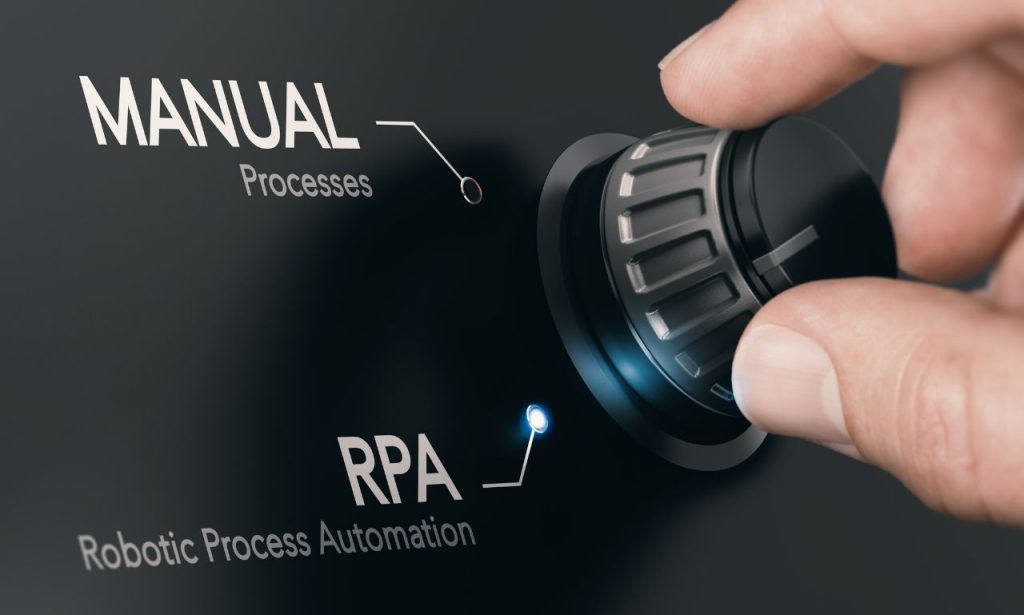
RPA didn’t just adopt existing technology. They actively partnered with developers to create property-specific solutions. Their team regularly beta tests upcoming products from tech startups. This approach keeps them ahead of industry trends.
“We failed plenty of times,” admits Chen. “Not every promising technology delivers real-world results.” They tested facial recognition systems for building access in 2020. Despite the hype, they abandoned the project due to reliability issues and privacy concerns.
This willingness to experiment sets RPA apart. They maintain a testing budget specifically for evaluating new technologies. Promising solutions move to pilot programs in selected properties. Successful pilots then roll out company-wide.
Industry recognition followed their innovation efforts. In 2023, RPA received the National Property Management Association’s Innovation Award. Their case studies appear regularly in industry publications, and their executives speak at significant conferences about technology integration.
Conclusion
Property management underwent a permanent transformation because of technological progress. The disappearance of paper-based systems coincided with the automation of manual tasks and increased the number of communication channels. RPA took a leadership position in the industry instead of adopting a following approach during these industry changes.
The system they use represents essential concepts that should be observed. Real problems affecting tenants and owners need technological solutions to be effective. Features that fail to provide practical value to users represent a resource wastage. The value of integration exceeds the value of separate components. When systems work together as one unified system, the results become exponentially more effective than when tools exist in isolation.
Property owners must decide between two distinct options for their operations today. Between these options exist business leaders who both stick with comforting outdated methods and accept the digital industry shift that transforms their sector. RPA’s prosperous results demonstrate innovation’s significant benefits to those who choose it. The properties implementing these solutions demonstrate superior performance to their competitors in all critical evaluation metrics.
Also Read: How Smart Access Control Reduces Security Risks in Apartment Complexes
FAQs
Smart access systems, preventive maintenance platforms, and integrated tenant portals delivered the strongest ROI.
Most properties complete basic implementation within 60 days, with advanced features rolling out over 4-6 months.
No, RPA designs its tenant interfaces for all skill levels and provides personalized setup assistance.
Most experience 15-20% operational cost reductions and 5-8% energy savings within the first year.
Yes, RPA successfully modernized buildings constructed as early as the 1940s with appropriate infrastructure updates.
